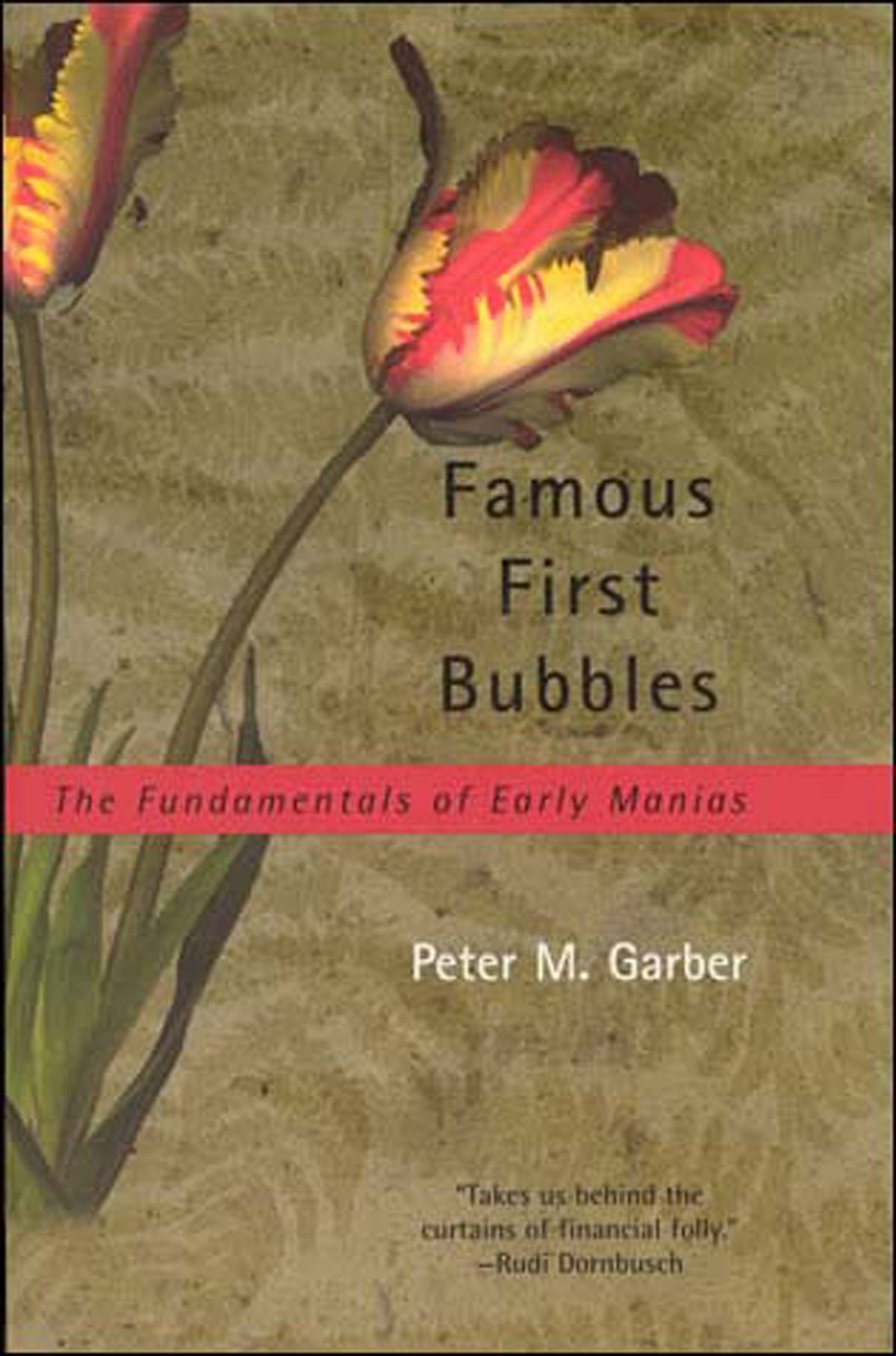
I watched a video a few years ago where three fund managers and CNBC talking heads were talking about “the five greatest investors in history”.
What struck me was that they knew absolutely nothing about investing history. Almost all of the facts they were quoting were wrong.
In other words, they did not treat their investing careers with respect..
So I wanted to start providing a list of books and other resources that will add to one’s mastery of investing.
Understanding the history of your passions is an important step on the path to mastery.
---
Perhaps you don’t want to master investing. That’s ok.
But you still need to respect it because this is the path that will provide freedom in your later years, safety for your family, and gratitude from future generations that will benefit from your hard work now.
I really applaud anyone who is in this group. This shows that you are serious about your investments and your money.
--
There are three skills to money: Making it, Keeping it, Growing it.
Often I’ve had trouble with #2 and #3 and it was only through years of study and hard work that I was finally over a tipping point.
A point where I could pursue other interests and passions while my money took care of itself.
The first step was truly understanding the history of money. When was money made. When was money lost. What are the true cycles that history has written out for us.
For instance, everyone knows about “bubbles”. Many of the people in this group have experienced the famous Internet “bubble” in the late 90s. I put this in quotes for a reason that I will describe at another point.
I want to write a series of articles about books and other resources that have shaped my own views on investing, the skills of investing, the history of investing, the techniques of investing.
A bubble describes a situation when THE ONLY REASON a stock is going up today is simply because it went up yesterday.
In the late 90s, some stocks would sometimes go up 10% in a day simply because it went up 5% the day before and everyone else crowded in to catch the ride.
No sense of value or fundamentals. And all bubbles end poorly with stocks crashing down to truer values.
When people talk about bubbles, they often refer to “tulipmania”, a period in 1637-37 where tulip prices rose irrationally high, a single tulip could cost the price of a house, to a sharp crash in 1637
However, this is more myth than reality. As are many bubbles (the South Sea Bubble is another example and as I’ll describe in another article, the Internet Bubble).
The book, “”Famous First Bubbles” by Peter Garber, I highly recommend.
It’s the only book I know that goes directly to the sources of data of all of these famous bubbles and describes what actually happened and why. Was tuplipmania a bubble? Was it a mania? Actually, the answer is NO.
The insights I gained from this one slim book have shaped my investing during all the supposed bubbles since 2000.
Every day on Twitter now, I see very stupid but professional writers on investing refer to AI as a “bubble”. They ignore the fact that 100s of millions, even billions, of people use AI tools on a daily basis.
To be negative in the financial journalism space is what the cool kids do.
People sometimes feel smart by simply being negative.
I have never been one of the cool kids and have often suffered as a result. Sometimes I am sensitive to what people think or write about me. I shouldn’t be. But one way out of this trap is to arm myself with more information, facts, and knowledge.
The first book I am recommending is a relatively rare and unknown book, “Famous First Bubbles”.
We want to make money, not take orders from the talking heads that usually don’t know anything.
“Famous First Bubbles” will be a good step on the path towards mastery in investing. Arming yourself with knowledge that people don’t have is a key to success in making it, keeping it, growing it.
Link for the book: https://a.co/d/bfkwox2
